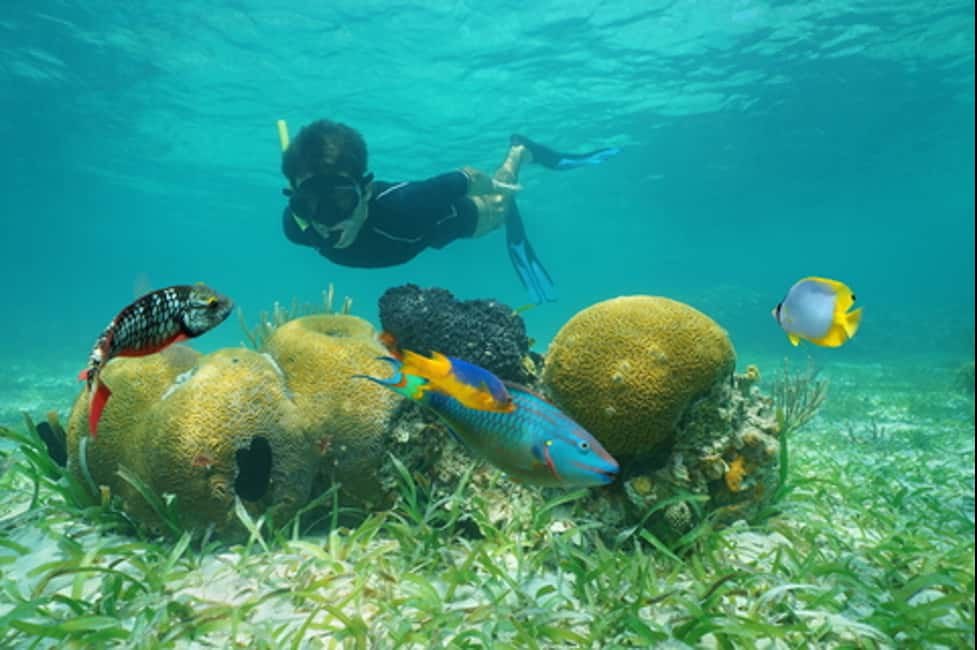In this video, Siamack Salari discusses the differences between mobile ethnography and IDIs, and how he often combines the two methods to improve research results. He leverages mobile ethnography ahead of IDIs to collect background data and better understand the participants as a means of enriching the follow up IDIs.
Video Transcription:
It’s always dodgy when I talk about mobile ethnography, given my background in developing the world’s first mobile ethno platform ethos, but I’ve done all sorts of projects. I used to do a lot of in-home observational work, where I spent days and days in home. And I’ve supervised dozens and dozens of qualitative research projects. In depth interviews, not so much focus groups, but definitely in-depth interviews. And here’s what I found really interesting. In fact, we’re in the middle of a project right now where we’re doing two parts with more or less the same participants. We’re doing a mobile ethnography element and interviews, in-depth interviews. I try to organize them so that we would do the mobile ethnographies first to allow us to capture as much naturalistic observations as many as possible, so that we could then decide what we wanted to go and explore or fill gaps in, that we didn’t quite manage to fill in with the mobile. This is the feeling that you get with mobile ethnography. Snorkeling with the participants, with the fish, with those participants to use a weird metaphor. Whereas any other kind of qual research, you’re looking into a fish tank. And watching, okay? You’re either snorkeling with mobile ethnography or you’re looking in from the outside, inside. And, honestly leads to different observations and learnings, and and insights. It’s really different. Don’t take my word for it. Try it. But try it with the same sample and have two different teams and see what happens. It’s what we’ve been doing, I’m not going to say one is better than the other, but they are very different, thanks.

